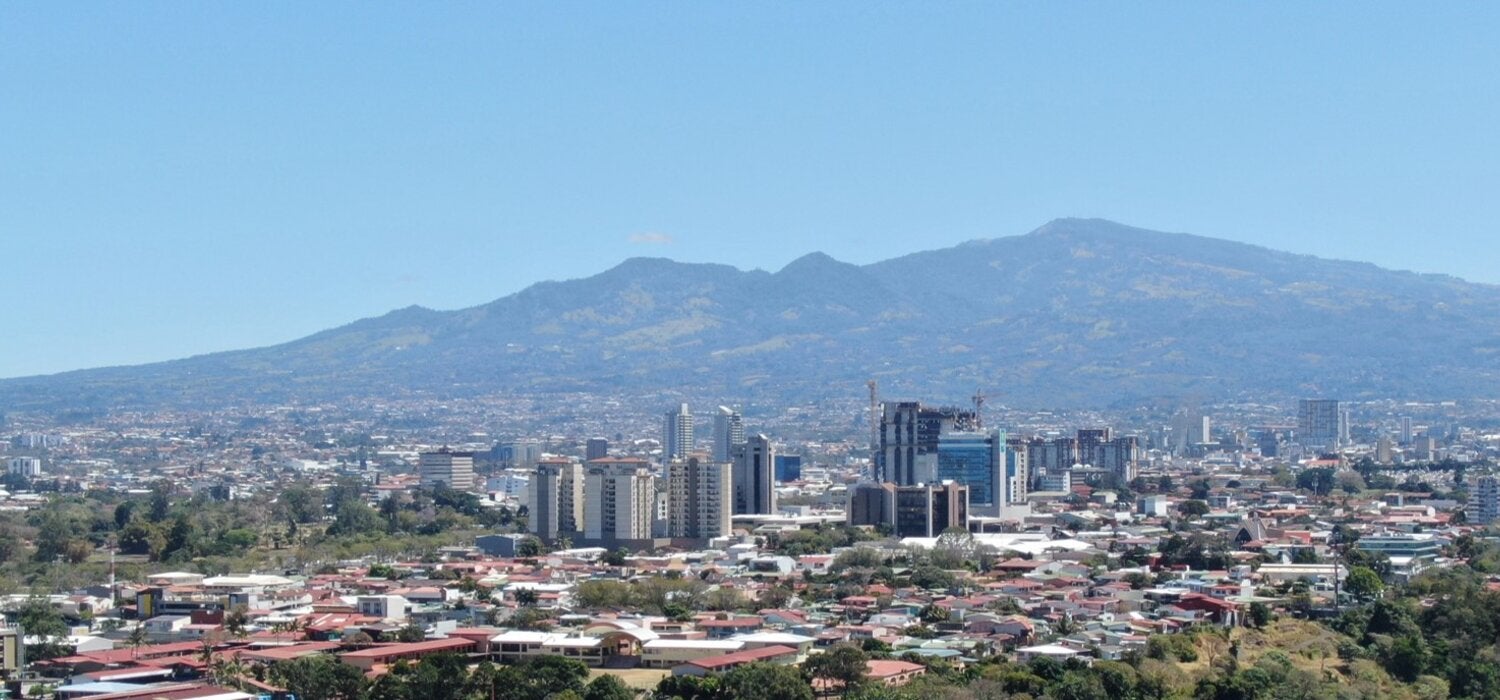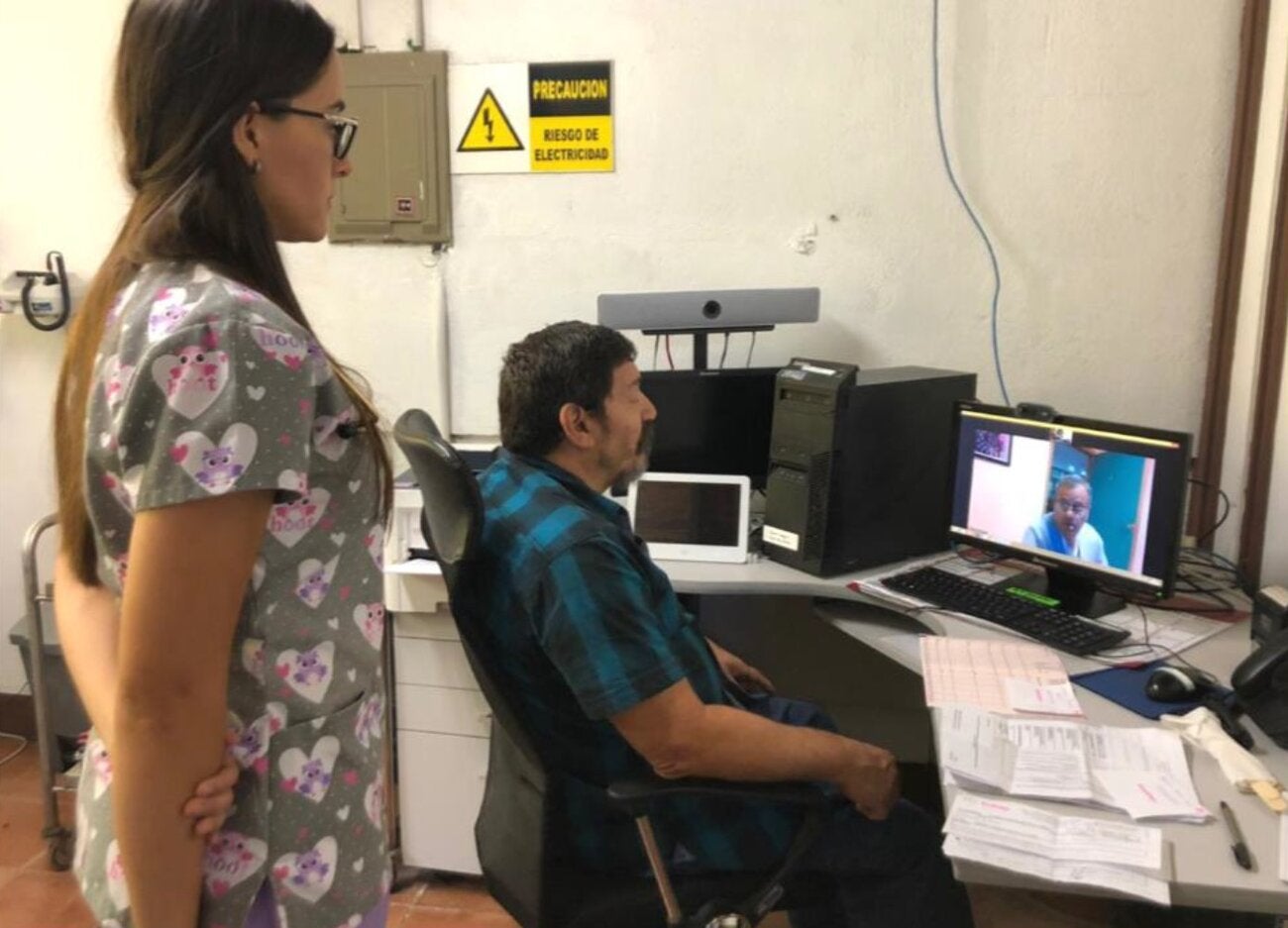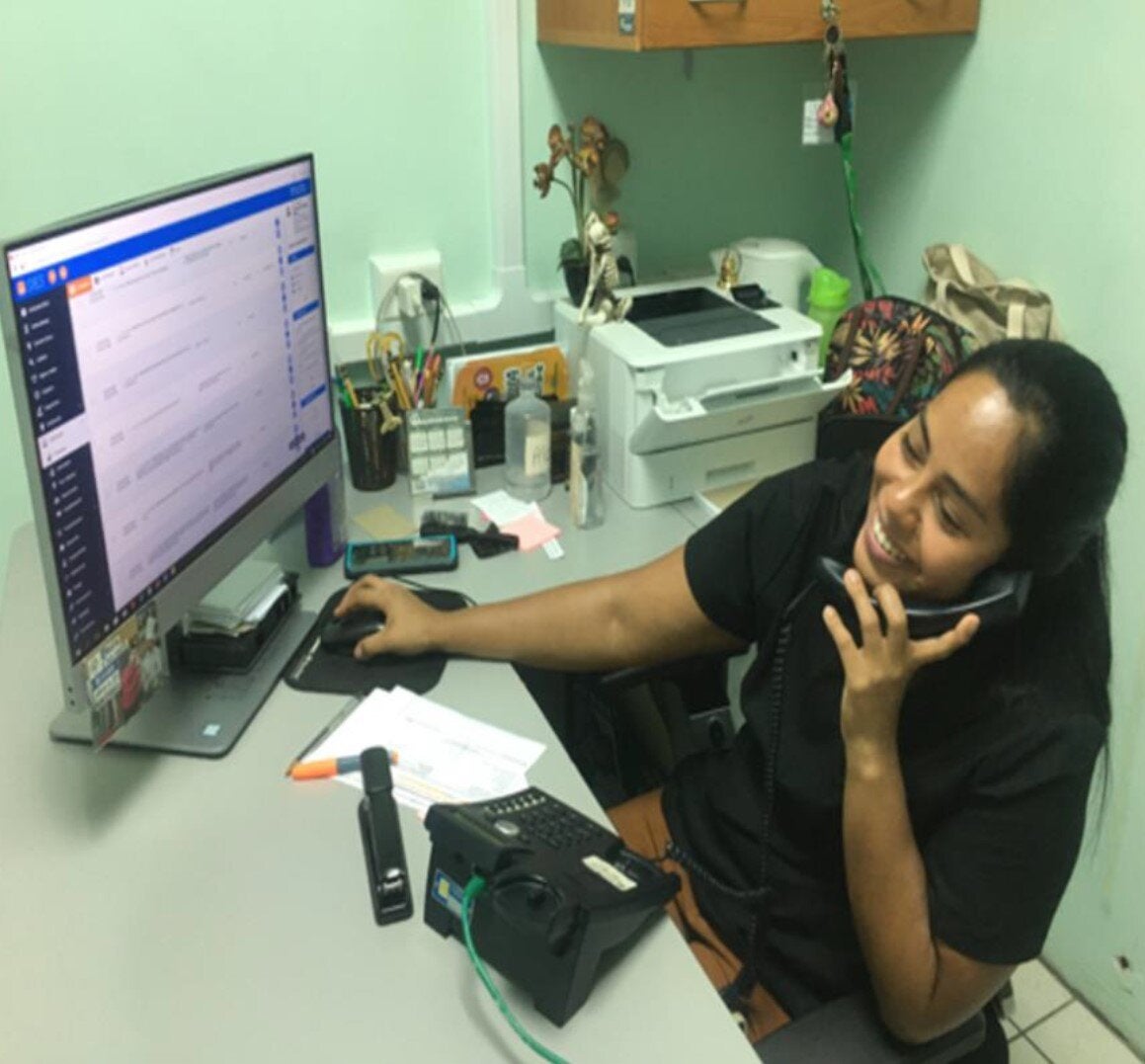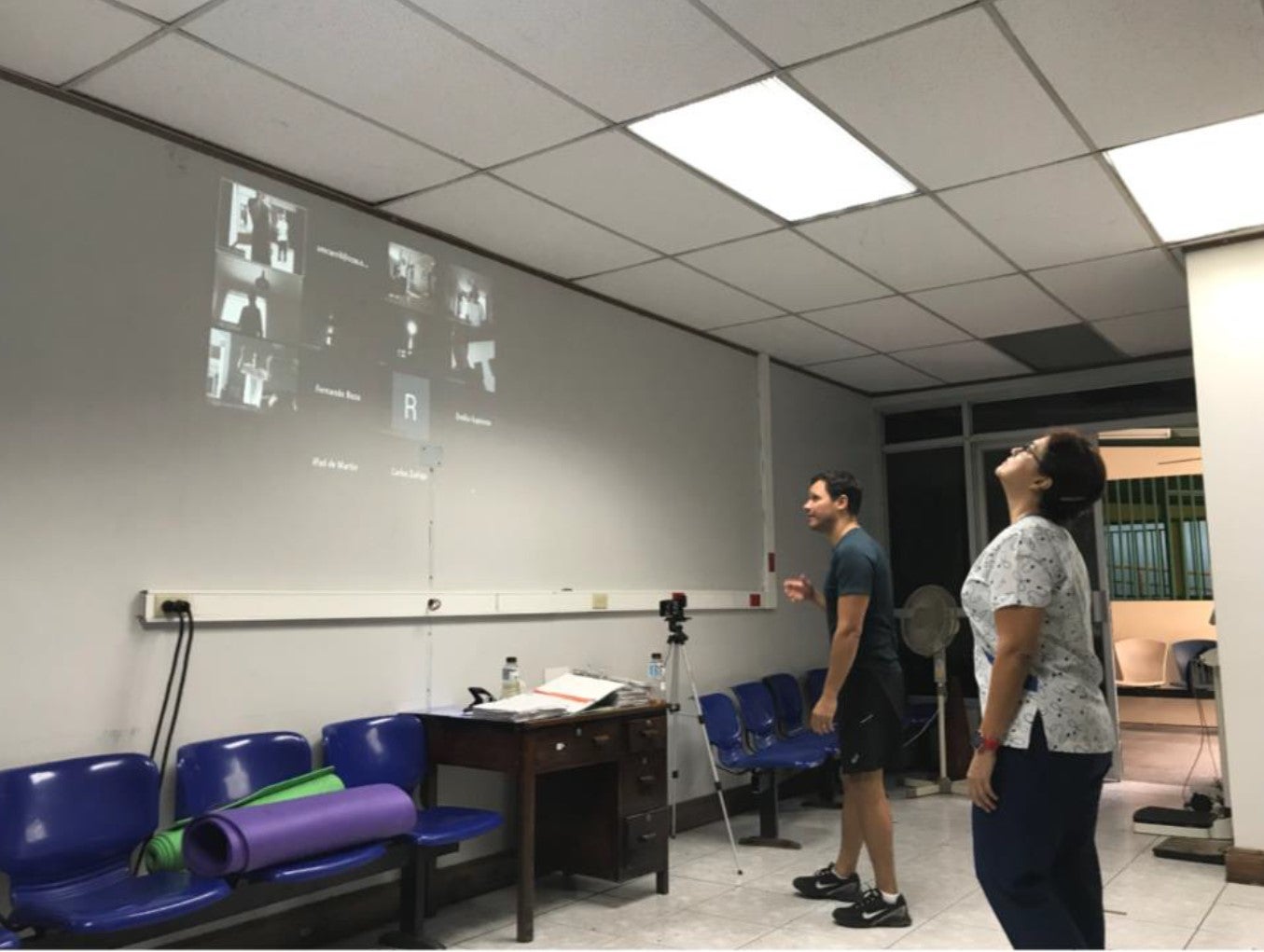Costa Rica´s General Health Law establishes that health is a public interest good protected by the State.
Interview to:
Dra Ana Cristina Chaves Hidalgo.
Telehealth Coordinator, Costa Rican Social Security Fund, June 2020.
The onset of the COVID-19 pandemic forced Costa Rica to declare a health emergency. This led to the suspension of scheduled outpatient care at a time when there were already unmet health care needs. Other issues of concern to the Costa Rican Social Security Fund included health personnel being potentially exposed to patients with COVID-19 in intensive care units, the risks involved in suspending established patient treatment, and the need to crowding in health care facilities. As of the date of this interview, 1,461 cases of COVID-19 had been confirmed in Costa Rica.
Even before the COVID-19 pandemic, forms of telemedicine had begun to be tested and implemented with the support of PAHO.
The pandemic served to accelerate a process that was already underway, and which has now made it possible to address the problems caused by the interruption of face-to-face health services and the risks of infection for health personnel and the user population.
Dr. Ana Cristina Chaves points out that existing modalities––teleconsultation, second opinions, and medical sessions––were expanded with new alternatives to face-to-face health care, using effective, efficient, and quality information and communication technologies to meet the requirements for continuity, proximity, and efficiency in the services provided to internal and external users.
Telehealth that includes modalities of virtual care boosts response capacity at the first, second, and third levels of care; reduces waiting times, social and institutional costs, and the need for users to travel to healthcare facilities; strengthens user self-care; and provides continuity of treatment for users.
This past year, we have been using software solutions and specific applications for video communication and collaboration (Zoom, Webex, Teams), conference and telemedicine equipment, and communication devices (phone/video calls) with audio and video features.
Current telehealth programs:
-
Tele-orientation in health: providing users with information, counseling, and advice via telephone or video call. This allows: resolution of problems raised in the tele-orientation; medication prescriptions in follow-ups; requests for laboratory tests and medical and clinical imaging; scheduling of face-to-face consultations; referrals to emergency departments; and rerouting users to support services.
-
Teleconsultation: remote patient care with a physician and a specialist, in real time or asynchronously, or interaction between specialists.
-
Telecare: remote monitoring to collect medical data, such as vital signs, blood pressure, etc., from patients located in one place in order to provide information for health providers physically located elsewhere.
-
Therapeutic session: allowing individual or group work with patients who need guidance to manage their condition, and providing services such as physiatry, physical therapy, and cardiac rehabilitation.
-
Tele-education in health: educational activities related to health care provided by health professionals and/or technicians.
Dr. Ana Cristina Chaves explains that the ICUs in national hospitals with COVID-19 patients have been linked in a video communication system. This system avoids the need for personnel to travel from one service to another, thereby reducing exposure and risk of infection.
How has PAHO supported the development of telemedicine and home health care in Costa Rica?
This Plan was based on the PAHO technical document Reorganization and Progressive Expansion of Health Services for the Response to the COVID-19 Pandemic. One of the document’s 10 recommendations is ‘Strengthening home care with or without telehealth’. PAHO has also advised the country on how to use and coordinate the telehealth system for improving integrated epidemiological surveillance at the national level.
How have patients reacted to these programs?
Dr. Ana Cristina Chaves recounts the experience of critical patients who have been told not to go to health centers but rather to stay at home to receive cardiac rehabilitation. “The fact that the service––the therapy––is provided in your home, is a very moving experience”. Patient satisfaction can be summed up as follows: “The Social Security doctor himself called me… he was the one who contacted me".






